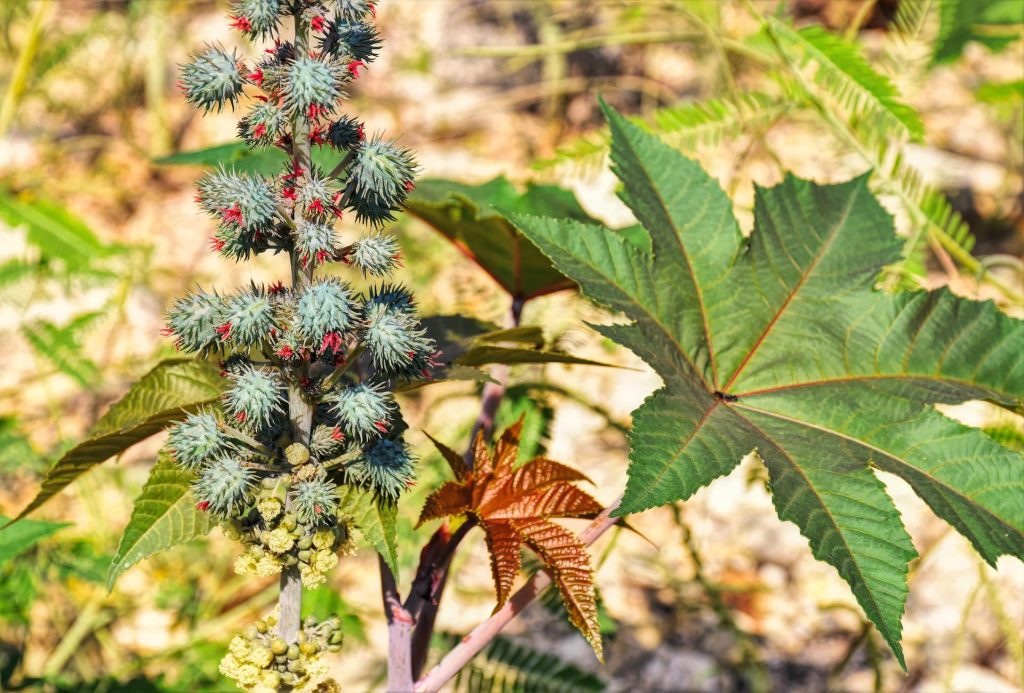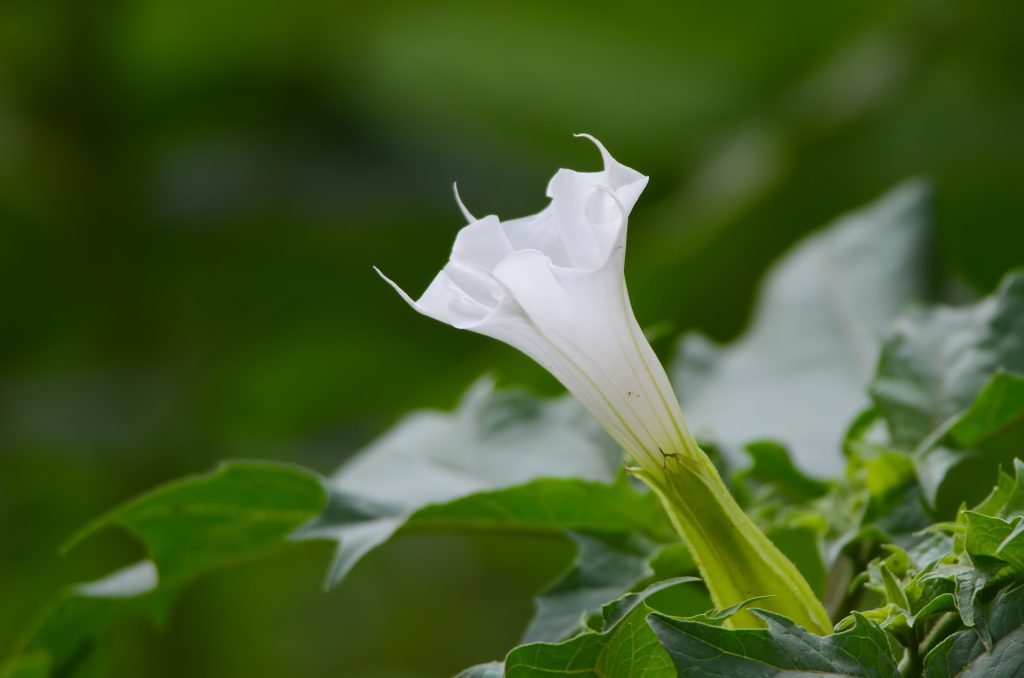Five Tropical Rainforest Plants That Are Extremely Poisonous
We all know that plants cannot locomote like man and animals. So, they are incapable of hiding or running away whenever “predators” come in search of food. Still, that doesn’t mean that they’re defenseless. Some plants have mastered the art of camouflage, while others have developed chemical defenses, making them extremely poisonous. Thus it helps in making their leaves extremely unpalatable to potential herbivores.
Poisonous plants don’t just taste bad. Consuming leaves or any part of these plants can effectively make a herbivore fall ill, or worse, these plants can be fatal. One place you’re guaranteed to find poisonous plants are in tropical rainforests.
Most of the plants of the rainforest have developed various kinds of chemical defenses. And some of them are so extreme that they have the capability of killing a human very quickly!
Listed here are the top 5 most poisonous plants found in the rainforest:
Castor Bean (Ricinus communis)

This ornamental plant can grow up to 12 meters tall and is now found all over the world. Despite producing edible castor oil, the seeds contain one of the most deadly poisons ever known to man — ricin.
Manchineel (Hippomane mancinella)
It commonly grows on beaches throughout South and Central America. It contains white latex, which can make a person sick when ingested.
Yellow Oleander (Cascabela Thevetia)
This ornamental plant is usually common because of its bright yellow flowers. However, these flowers are immensely toxic, just like Nerium oleander.
Datura (Datura spp.)

It is one ornamental plant that belongs to the nightshade family — Solanaceae. Its extreme toxicity makes it one of the most infamous members of the nightshade family.
Gympie Gympie, A.K.A. The Suicide Plant (Dendrocnide macrolides)
It is native to the Indonesian and Northeastern Australian tropical rainforest. It belongs to the stinging nettle family — Urticaceae.
